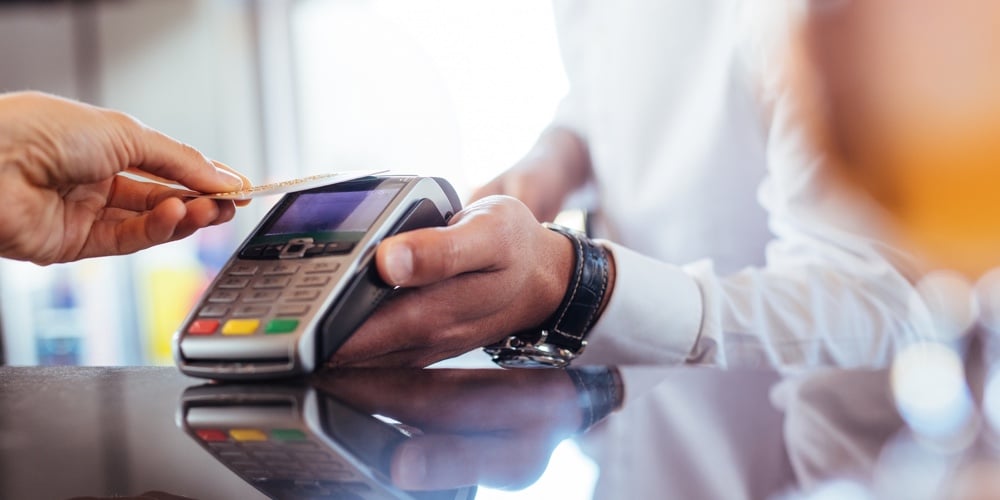Contactless payments security: Myth vs. reality

Over the last few years, the payments landscape has experienced many changes – shifting from standard magnetic stripe cards to EMV cards and now contactless payment methods. More and more merchants are beginning to embrace contactless and turn on their near-field communication (NFC) technology, allowing payments to be processed using tap-and-go payment options. And while convenience, speed, ease of use and merchant acceptance are all important factors impacting the use of this payment type, many consumers are concerned about the safety of contactless cards and other tap-and-go payment methods – including smart watches and mobile wallets.
Contrary to what some consumers may believe, there are multiple layers of security throughout the traditional credit and debit payments systems that protect all parties involved in the contactless payment transaction. Read on for five myths surrounding contactless and insight into the reality of how secure contactless, tap-and-go payment methods really are:
Myth: A contactless card may accidentally process a transaction while inside a wallet.
Contactless technology does not work until the consumer removes it from his or her wallet and holds it in close proximity of the point-of-sale (POS) terminal. The close range proximity – 10 centimeters or less – is required in order for the contactless technology to respond to the POS terminal. Contactless payment methods use radio frequency to communicate. However, do not confuse that with RFID (radio-frequency identification) technology that also uses radio frequency but has a much longer proximity range of up to 5 feet.
continue reading »




